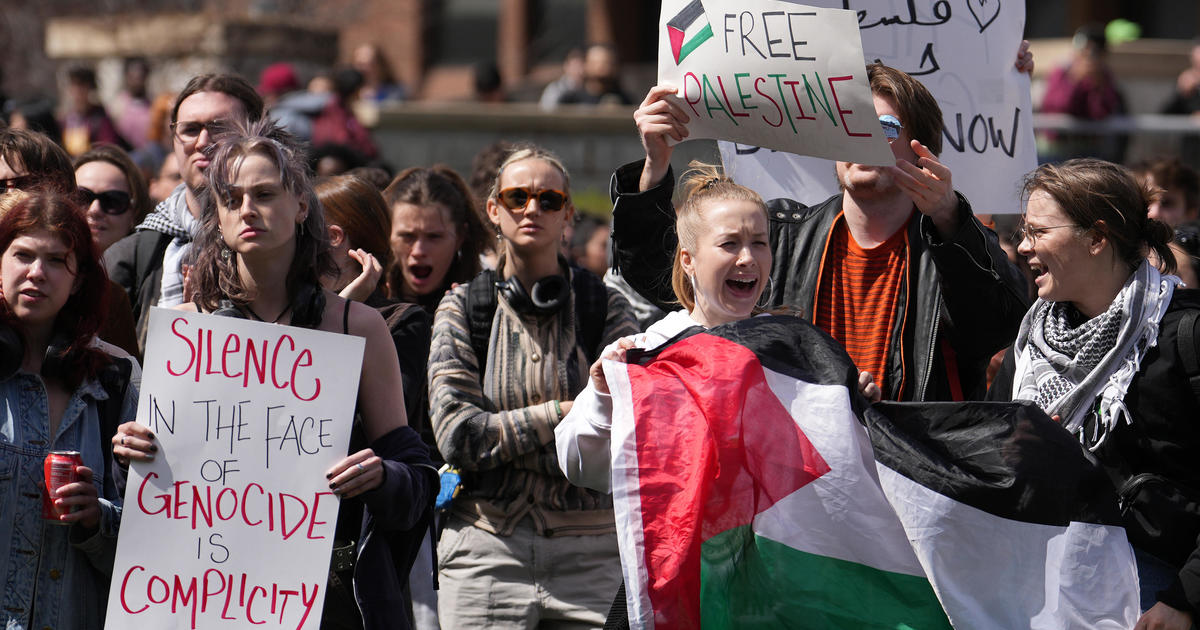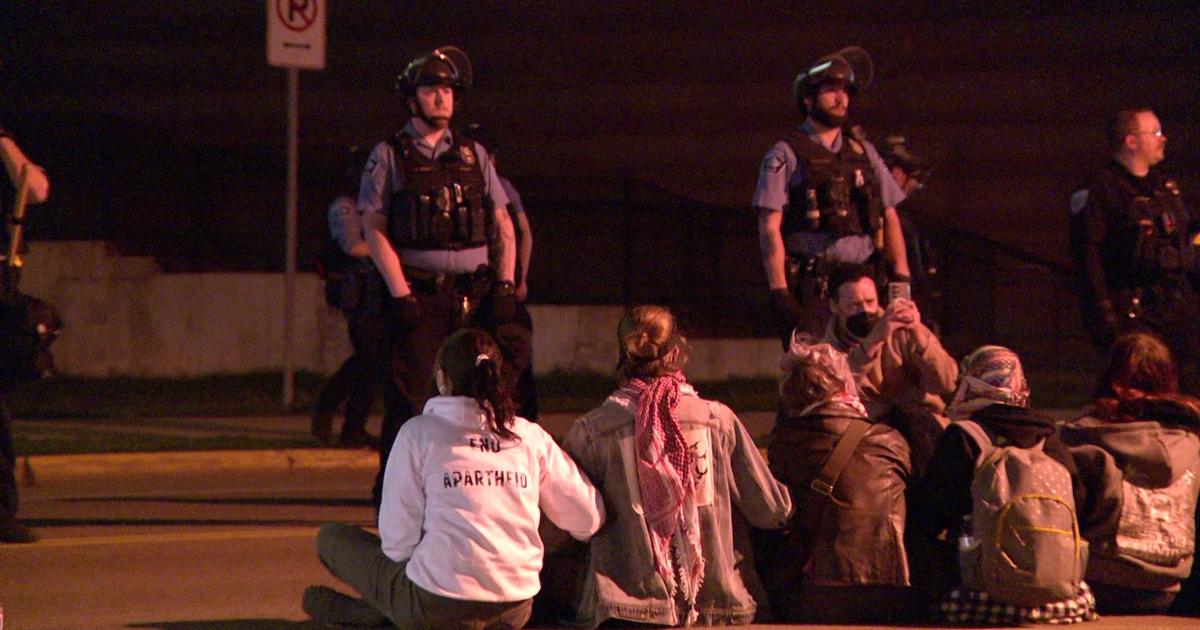What Is The History Behind Minnesota's Somali-American Community?
MINNEAPOLIS (WCCO) – Recent political attacks have shined a spotlight on Minnesota's immigrant communities.
Our state has the country's largest Somali-American population – 69,000 people. That's about 40% of everyone reporting Somali ancestry in the United States and more than four times the Somali-American population of the next largest state, Ohio.
So why have so many Somali-Americans chosen Minnesota? Good Question.
"There's a special story to be told about Minnesota," says Ahmed Samatar, the founding dean of the Kofi Annan Institute for Global Citizenship at Macalester College.
Dr. Samatar arrived in the U.S. in 1974 as a student at the University of Wisconsin. It was years before the 1991 civil war that forced hundreds of thousands of people to leave Somalia over the next few decades.
"Somalis – everyone, they have to flee," he says. "Whoever will take them in, they have to flee."
Some stayed in Somalia but were internally displaced. Others went to refugee camps in neighboring countries. Many were sent to other countries all over the world. Tens of thousands would eventually come to the United States as refugees. According to the Minnesota Department of Human Services, 13,582 Somali refugees came to Minnesota between 2005 and 2018.
When a refugee arrives in the U.S., the State Department works with private, local volunteer resettlement agencies to determine where they'll live. Many of those decisions are based on employment opportunities, proximity to family and support from local agencies. In the early 1990s, Somali refugees were sent all over the country.
"Of course, when some came, they will tell others about the good news of Minnesota," says Dr. Samatar. "I call that the call of kinship."
Dr. Samatar thinks there are a variety of reasons for what are called "secondary arrivals," but there are a few that stand out.
The first is the support from local, volunteer resettlement agencies that work with governments to help refugees find housing, schooling and jobs. Minnesota's agencies, including Lutheran Social Services, Arrive Ministries, International Institute of Minnesota and Minnesota Council of Churches, have a long history of successful refugee resettlements.
Dr. Samatar also cited Minnesota's strong economy, which gave Somali-Americans job opportunities (many in western Minnesota), schooling options, health care and a safe place to live.
"And the state of Minnesota has always been considered a kind and successful place," he said.
When a refugee arrives in the United States, most come with very little to their name. They are given a one-time federal grant of $1,175, help from the resettlement agencies and, for the first five years, federal money for things like housing, school or finding employment. According to the Minnesota Department of Human Services, federal money for about 10,000 refugees totaled $4M in 2018.
According to the Minnesota State Demographer's Office, 40% of Somali-Americans in Minnesota were born in the United States. Slightly more than 80% are U.S. citizens.



